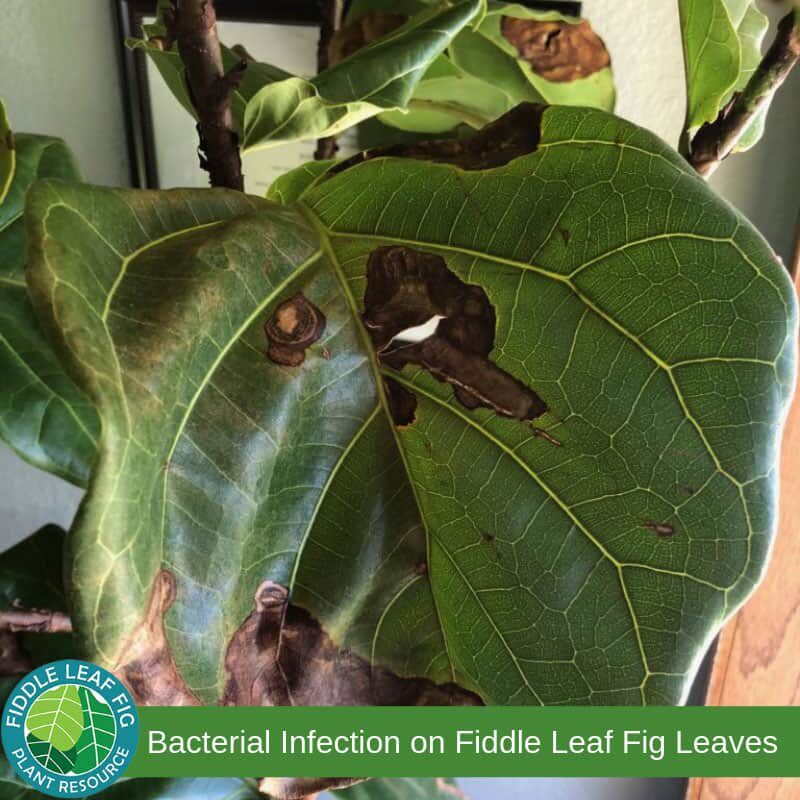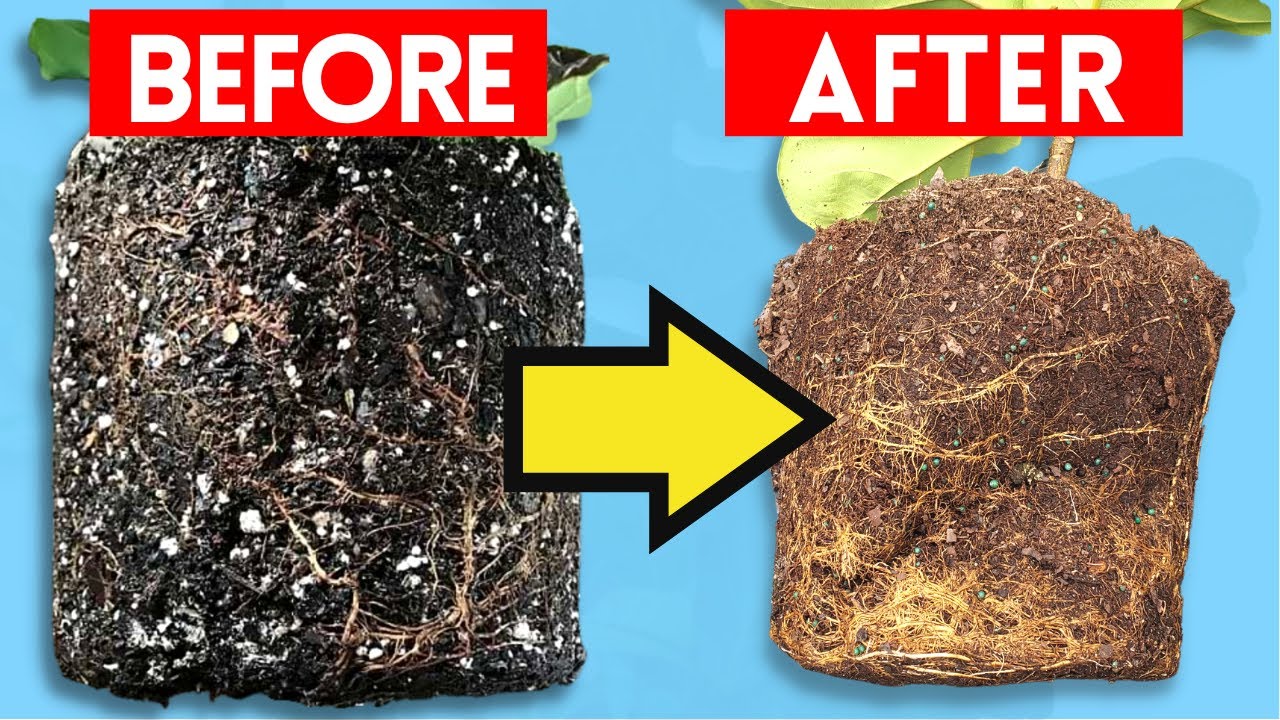If you’ve noticed some unexpected roots growing above the soil on your fiddle leaf fig, you’re not alone. Many ficus lyrata owners discover aerial roots appearing on their plants. While it may look concerning, it’s actually a natural growth habit of this species. Read on to find out why your fiddle leaf fig is sprouting roots from above and what to do about it.
What Causes Aerial Roots on Fiddle Leaf Figs?
Fiddle leaf figs are epiphytic plants, meaning they grow on other plants and objects like rocks and tree branches in tropical jungles. As epiphytes, they have adapted the ability to grow both ground roots to take nutrients from soil and aerial roots to absorb moisture and nutrients from the air
In our homes fiddle leaf figs don’t need aerial roots to survive. But they may still produce them due to
- High humidity triggering the growth response
- Low light levels prompting the plant to seek more energy sources
- Excessive soil moisture suffocating the ground roots
- Stress or changes in environment
- Genetics and natural growth habit
Typically, a few small aerial roots are nothing to worry about. But if they are excessive, it could point to an underlying care issue prompting the plant to put out more roots to compensate.
Should I Remove Aerial Roots?
Healthy green aerial roots usually don’t need to be removed. They can be left in place if you don’t mind the aesthetics. The roots may eventually grow down into the soil to help anchor and feed the plant.
However, dried out brown aerial roots should be trimmed off at the base with clean shears. And any excessive clusters of roots may be gently pruned back for a cleaner appearance and to encourage growth below ground instead.
Never cut off thick, woody aerial roots that are supporting the structure of the plant. And avoid pruning off new light green root tips, as these are still growing.
If the aerial roots annoy you, carefully winding them around the plant stake or moss pole can add a decorative element while concealing them.
How to Prevent Excessive Aerial Roots
To discourage your fiddle leaf fig from producing an abundance of aerial roots:
-
Allow the top 1-2 inches of soil to dry out between waterings so oxygen can penetrate into the root zone. Aerate dense soil.
-
Provide bright, indirect light to reduce light-seeking behavior. Rotate the plant to keep growth even.
-
Maintain moderate humidity around 50-60%. Reduce misting and move away from humidifiers if needed.
-
Repot in fresh, well-draining soil if roots are suffocated. Prune away any dead roots.
-
Ensure proper drainage by choosing containers with holes and using fast-draining soil mixes.
-
Stake large plants for stability to minimize stress. Avoid frequent position changes.
-
Propagate plants with abundant aerial roots via branch cuttings in water or sphagnum moss to start fresh.
Are Aerial Roots Harmful?
Aside from appearing unsightly to some plant parents, aerial roots are not harmful to fiddle leaf figs. They will not damage the plant or affect its health.
In some cases, aerial roots may even help support and nourish the plant. So you don’t need to be overly concerned if you notice a few of these peculiar roots growing on your ficus lyrata.
With the right care adjustments, you can keep your fiddle leaf fig focused on growing strong ground roots below the soil. But an occasional aerial root or two is perfectly normal for these epiphytic jungle plants. Consider them a sign of your plant’s wild origins!
Common Questions About Fiddle Leaf Fig Aerial Roots
Why are my fiddle leaf fig’s roots growing above the soil?
Fiddle leaf figs naturally grow aerial roots in the wild as epiphytes. Indoors, low light, excessive humidity, overwatering, and stress can all trigger more aerial root growth. It’s the plant’s attempt to find more moisture and nutrients.
Should I mist the aerial roots on my fiddle leaf fig?
You can lightly mist green aerial roots every few days to provide moisture. Avoid wetting any fuzzy new root tips though as they are still developing. Misting is optional and mainly for aesthetics, not plant health.
How do I prune aerial roots on my fiddle leaf fig?
Carefully snip off any excessively long or dried out brown aerial roots at their base using sterilized pruning shears or scissors. Avoid removing actively growing light green roots. Winding the roots around a stake can camouflage them.
Will aerial roots grow into the soil on my fiddle leaf fig?
Yes, over time aerial roots may start growing downwards towards the soil. Allow this to happen and they will begin taking up moisture and nutrients from the ground as well, providing extra support to the plant.
Should I repot my fiddle leaf fig if it has aerial roots?
If the aerial roots are caused by dense, compacted soil or the plant is extremely root bound it may be time for repotting into fresh soil. This encourages new ground root growth. Just don’t go up more than 2 inches in pot size at a time.
When to Repot a Fiddle Leaf Fig…and When to NOT
If it’s been a year or so since upgrading your tree’s pot, if you see soil pulling away from the edges of the pot, or if you notice roots popping out the top or bottom, it’s time for a new pot.
There is good news: a tree that grows is a healthy tree, so your fiddle should be strong enough to make the change with only a little drooping and a few leaves falling off.
Our pets are great, but sometimes they think our fiddle pot is a bathroom! When this happens, the chemicals in the animal’s urine are very bad for the roots. Repotting a fiddle leaf fig right away and rinsing as much of the dirty soil out of the root ball as you can is the best thing to do. In the future, try covering the surface of the soil with pebbles to deter pets.

Classic bacterial leaf spot on a fiddle leaf fig, with multiple spots throughout each leaf.
You don’t want to mess with a bacterial infection, because it spreads quickly and can kill your plant. First, take off all the sick leaves, which can shock the tree, and put it somewhere with lots of good light.
If you notice more spotting, repot the tree. Your tree’s chances are 50/50 at this point, so it’s well worth the risk to repot.
Root rot is the worst thing that can happen to an FLF owner! Root rot can kill our trees, but sometimes they can get better without being repotted.
If your pot has good drainage and you simply overwatered, your plant might be able to recover with good light, root rot treatment, and a chance to dry out.
If the spotting isn’t doesn’t continue or isn’t severe, you probably don’t need to repot. If the spots get worse despite treatment, it’s time to repot.
Your tree probably won’t dry out before root rot sets in if the pot doesn’t drain well, and the problem is likely to get worse. Your tree will be better off in a new, well-draining pot and a fresh start.
If you do have a case of root rot on your hands, here’s some required reading:
To Repot a Fiddle Leaf Fig or Not: Is It Worth the Root Shock to Your Fiddle Leaf Fig?
When to repot a fiddle leaf fig and when to leave your tree alone is one of the questions that owners ask most often.
The first rule of fiddle leaf fig care is that these trees don’t like change.
They like to settle into a routine and a place where they can grow and thrive. Any change to their preferred routine and environment puts them at risk of shock, which is often followed by drooping and leaf loss.
But sometimes, our poor fiddles face larger threats than root shock. Repotting a fiddle leaf fig should only be done when NOT repotting it would be more dangerous.
Of course, it’s hard to tell when that’s the case.
We’ll discuss when to repot a fiddle leaf fig and when should you just leave your tree alone?
The Quick and Easy Way to Fix Exposed Roots on Your Fiddle Leaf Fig!
- The Ultimate Guide to Growing Strawberries in Raised Beds - August 8, 2025
- No-Dig Garden Beds: The Easiest Way to Grow a Beautiful Garden - August 6, 2025
- How to Protect and Preserve Wood for Raised Garden Beds - August 6, 2025

